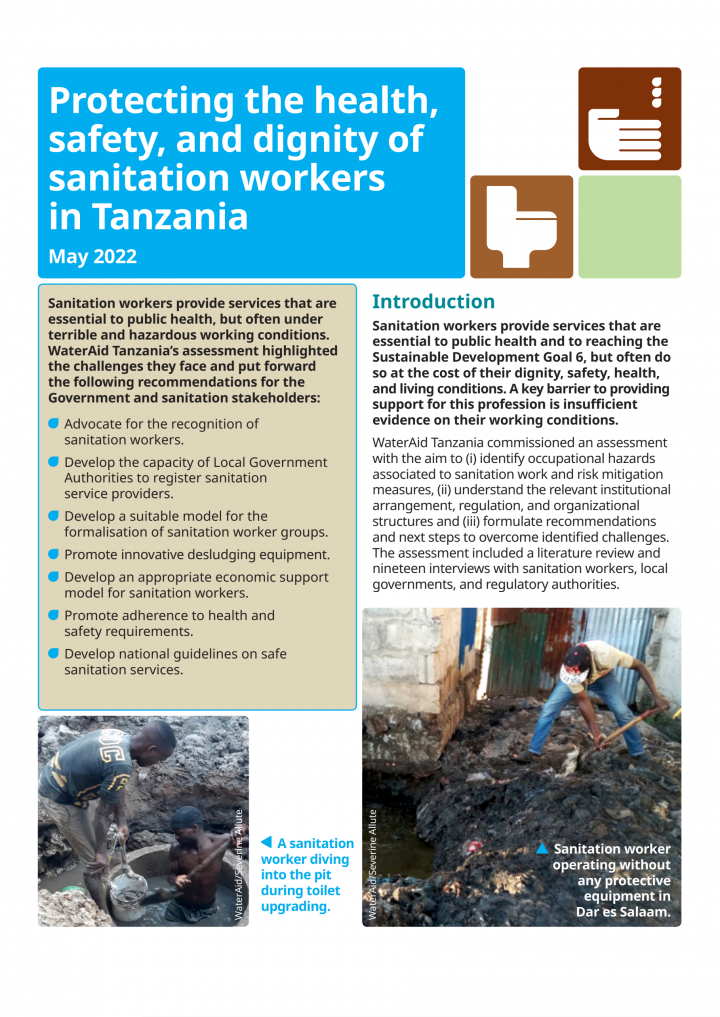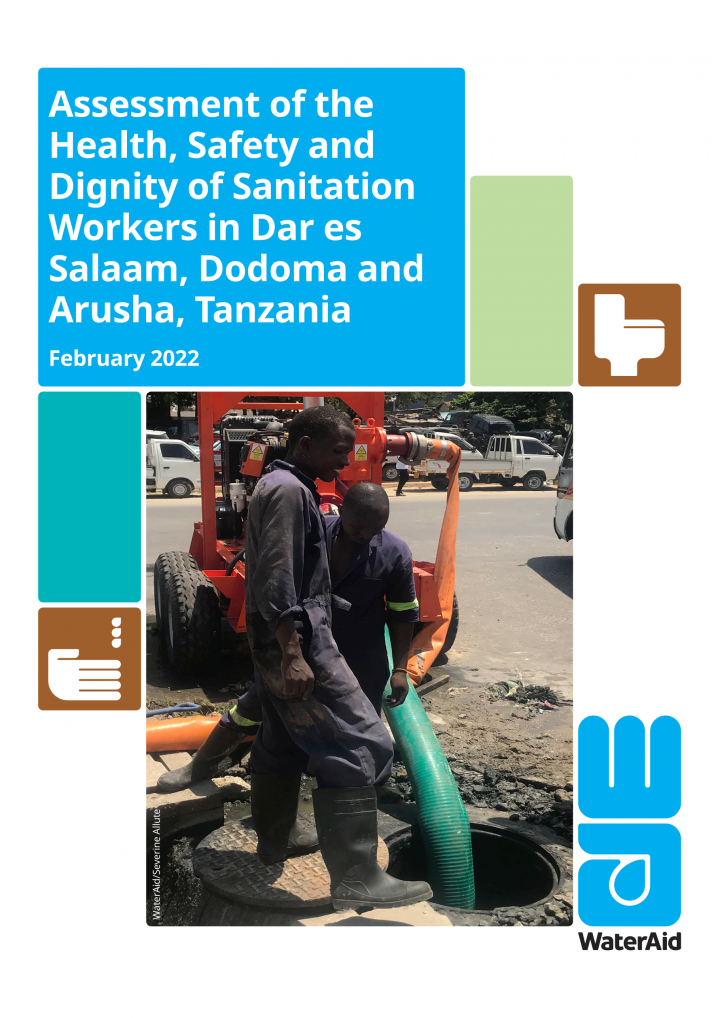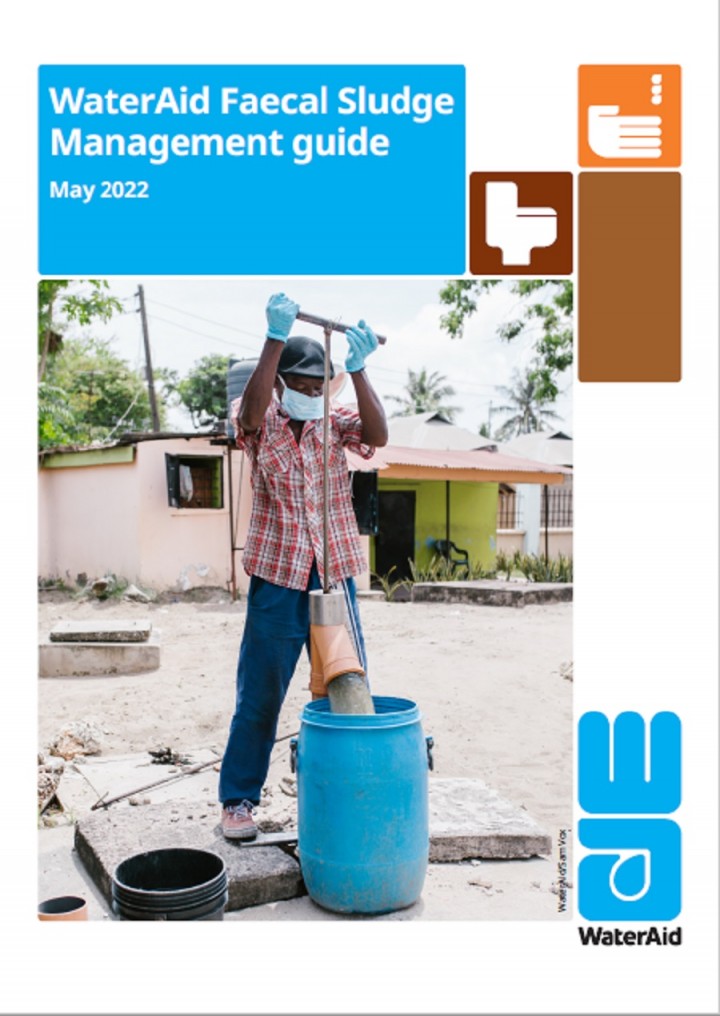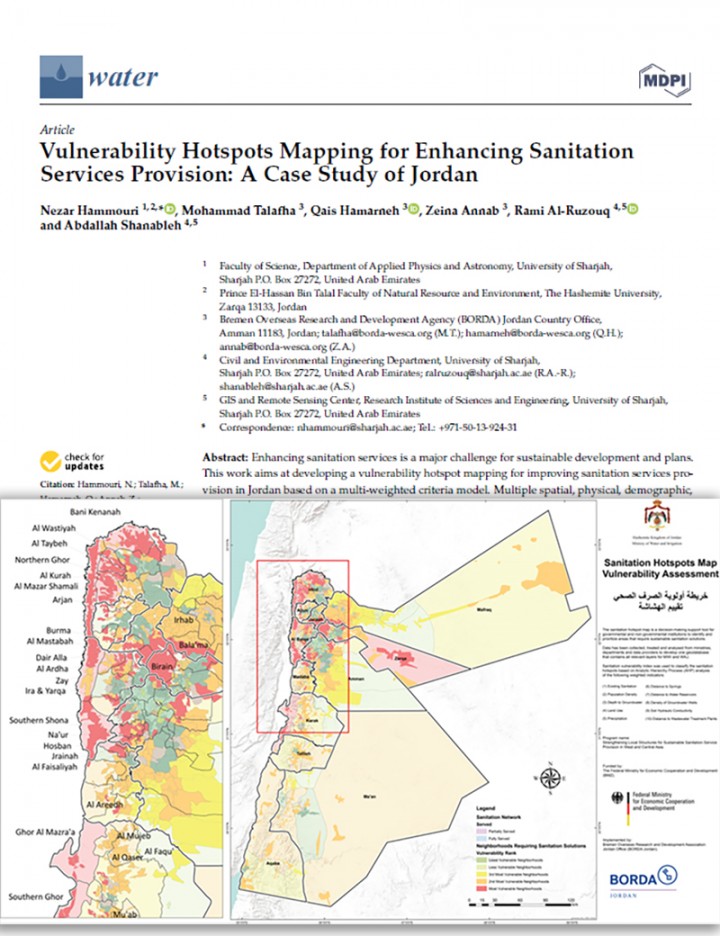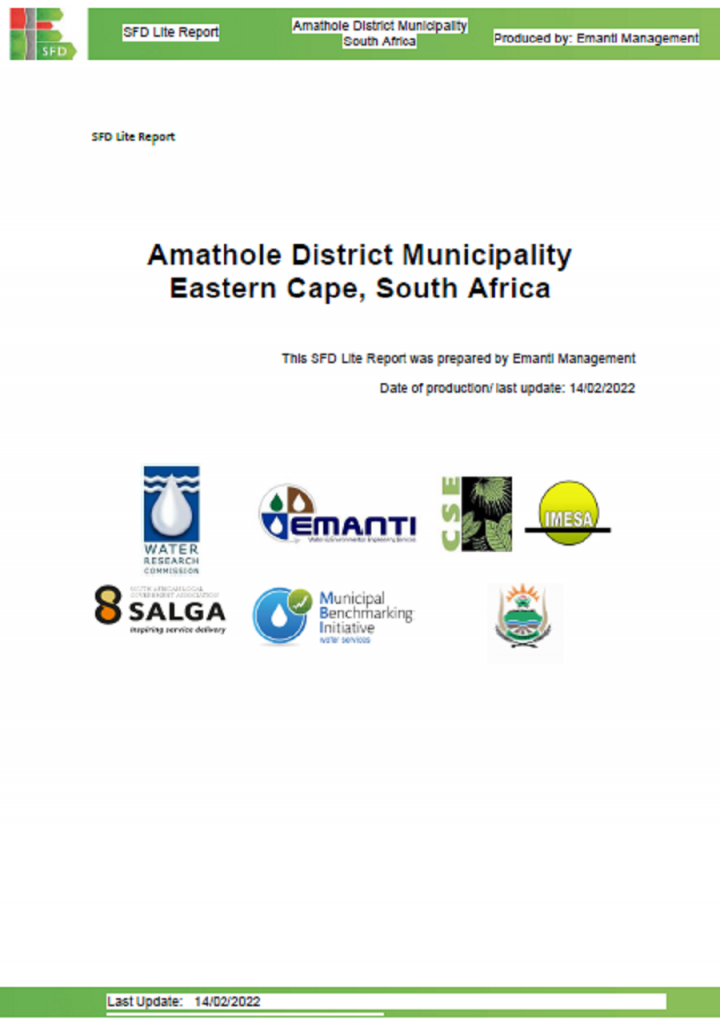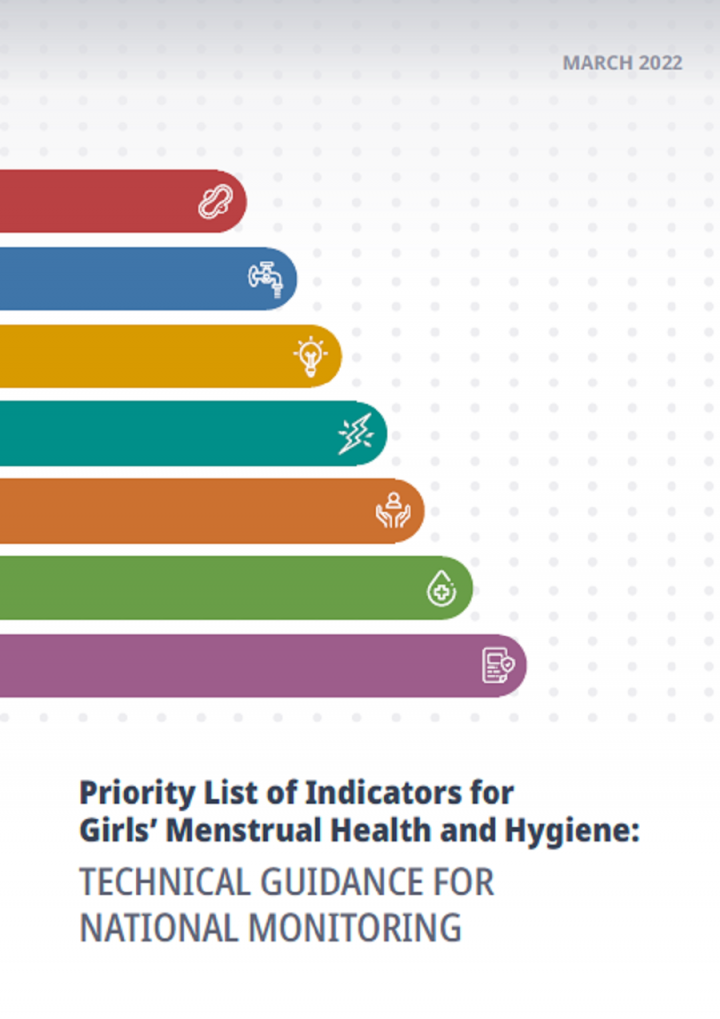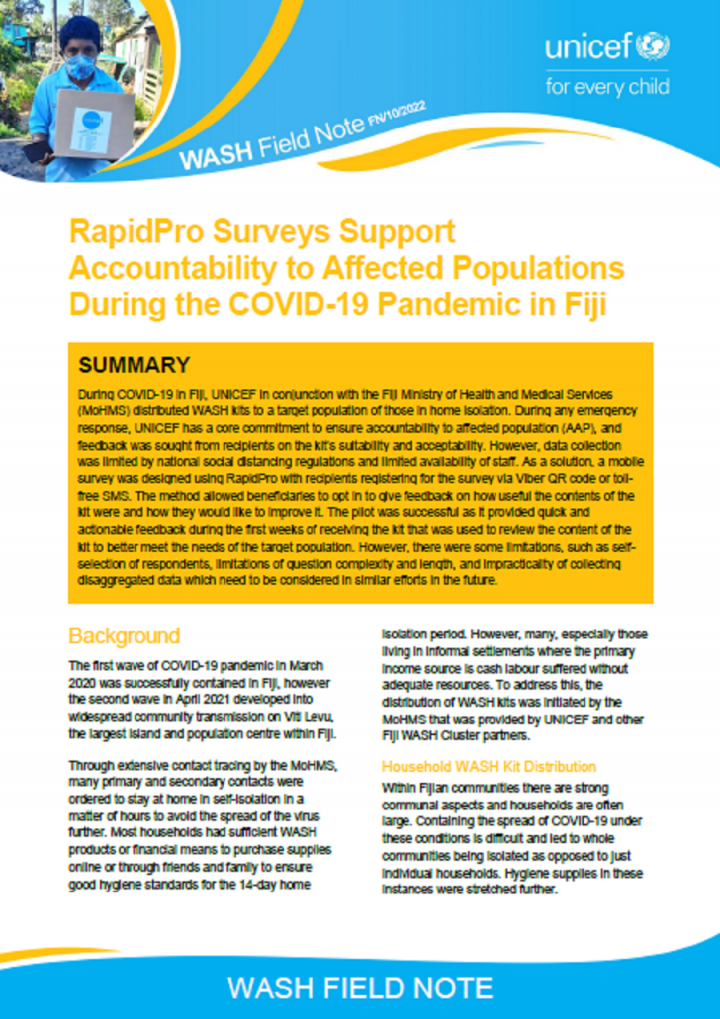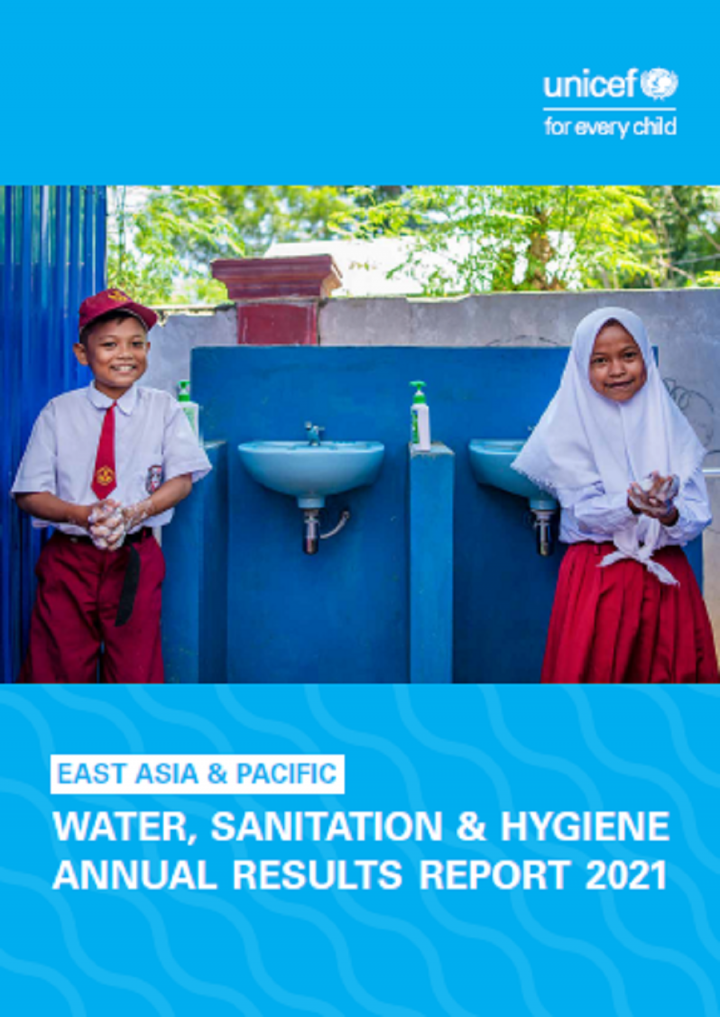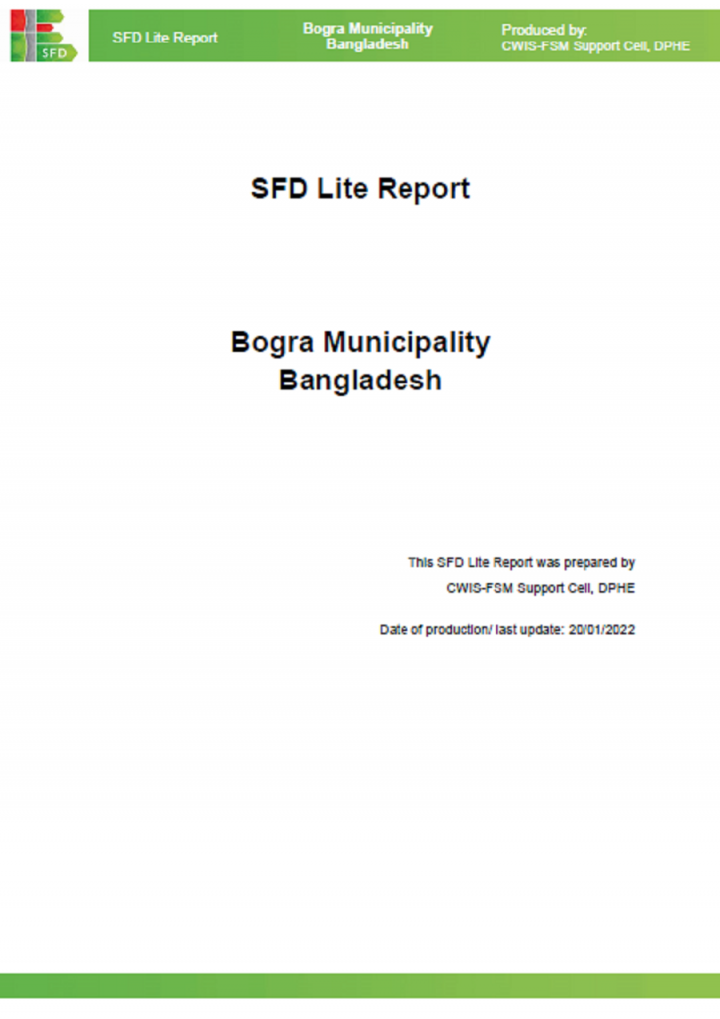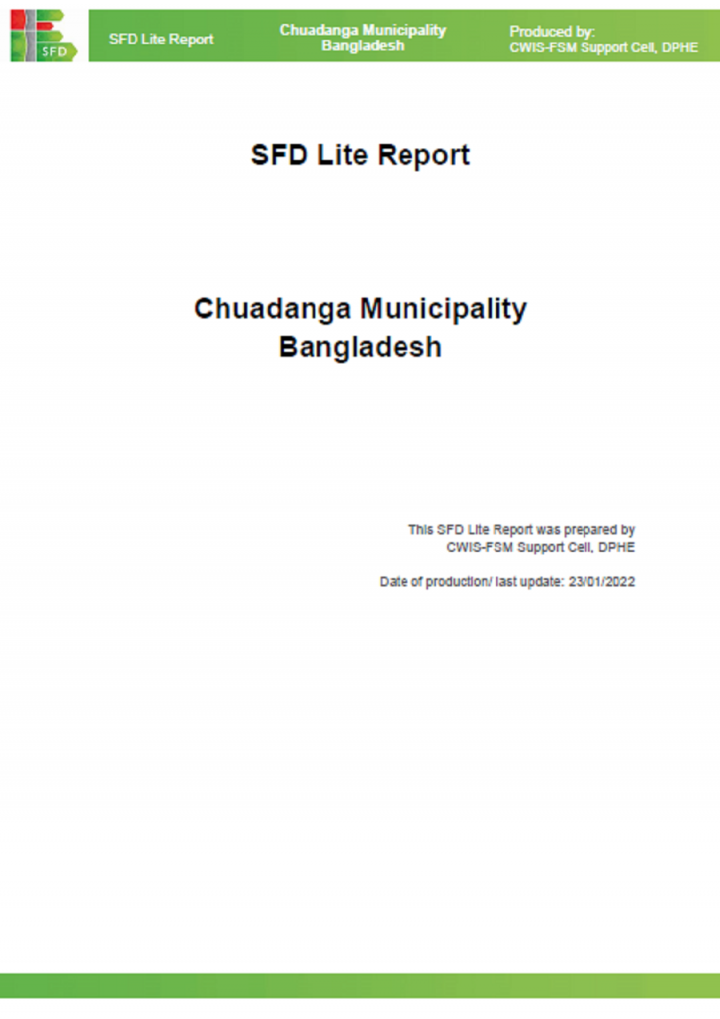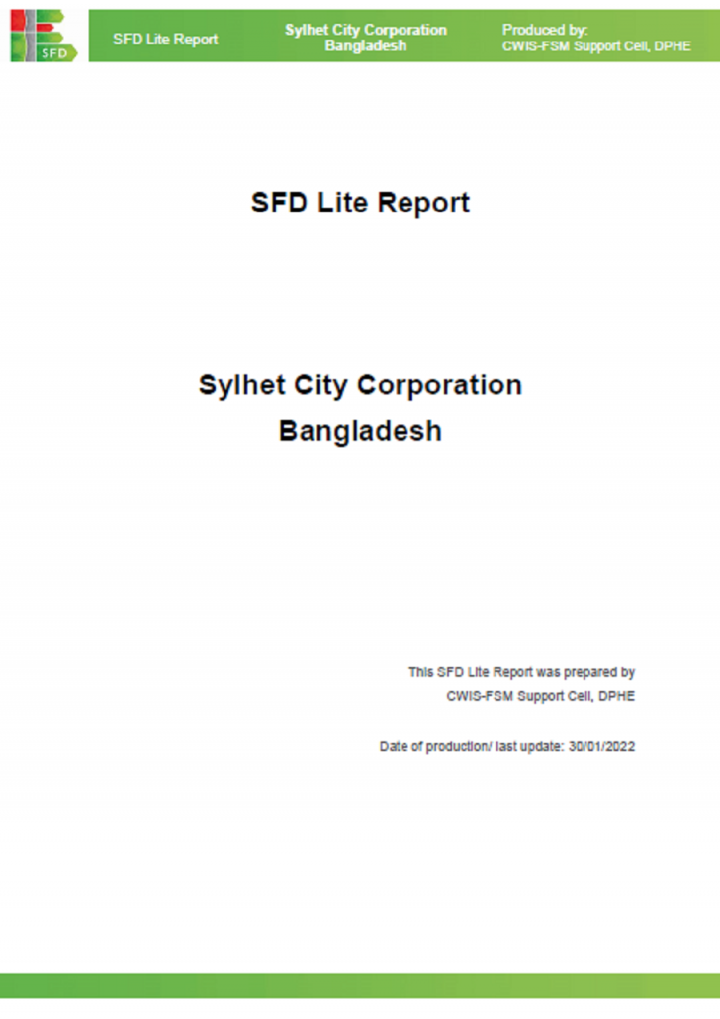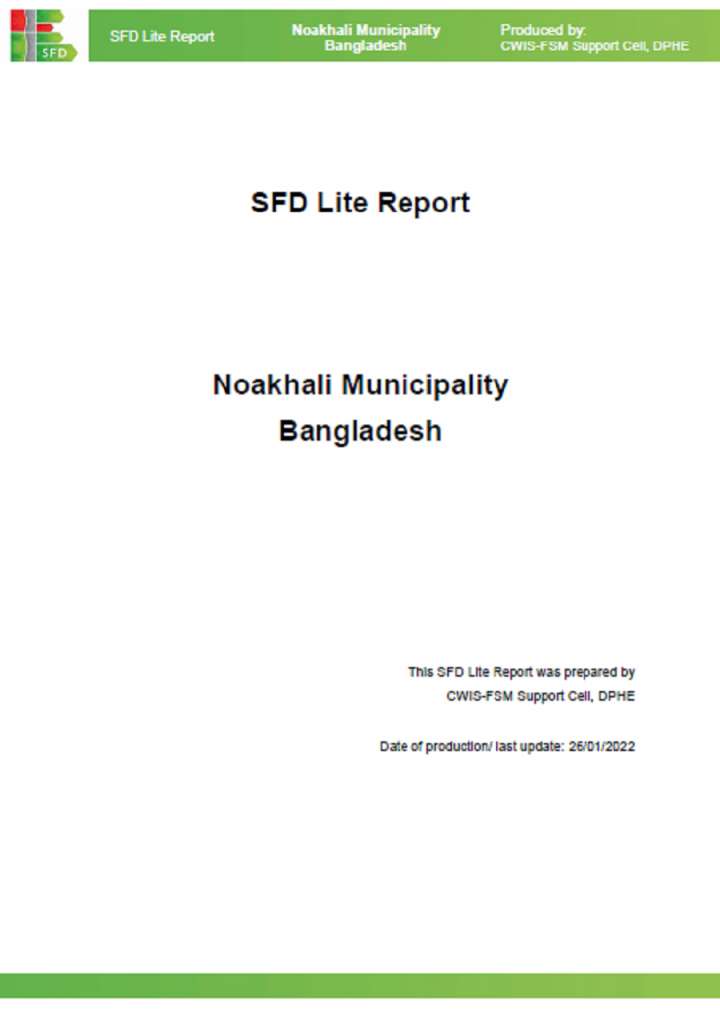Searching for information on Sanitation Workers?
The Sanitation Workers Knowledge + Learning Hub is the best source for all current news, trends, articles and updates on sanitation workers rights around the world.
This session examines some of the ways in which to enhance Occupational Health and Safety (OHS) of sanitation work, via technical innovations, as well as targeted laws, policies and regulations. The speakers highlight a number of worker-centred avenues to strengthen OHS, as well as key gaps where further participatory research and advocacy is urgently needed.
Speakers
1. Froggi VanRiper …
This session examines the multiple ways in which Covid-19 has affected sanitation workers at their workplace and in their personal lives. The speakers highlight how the pandemic disproportionately impacted sanitation workers who were on the 'frontline', yet often had little to no personal safety equipment, work protections or faced intense work pressure. We discuss potential opportunities arising …
*French with English translation*
This session examines the intersectional dimensions of sanitation work relating to gender, caste, class, race and age (including inter-generational change). The speakers cover particular challenges for women sanitation workers in India, Côte d'Ivoire, Madagascar and Senegal, and explore ways in which to visibilise often hidden or unseen working practices and …
A pre-recorded conversation between Dr Jen Barr and consultant, researcher and photographer Dr CS Sharada Prasad, who is behind many of the striking images used by international agencies to highlight the everyday lives of sanitation workers (especially those involved in manual pit latrine, septic tank, sewer, drain or dry latrine cleaning) across India.
In this recording, Dr Prasad reflects …
A pre-recorded conversation between Dr Sally Cawood and activist, writer, researcher and teacher Dr Hemangi Kadlak (Assistant Professor, Vellore Institute of Technology, Tamil Nadu and Strivajin Foundation).
In this recording, Dr Kadlak discusses the motivations for her research on sanitation workers and manual scavenging in India, with important takeways for us all.
This session explores the changing nature of sanitation work from a global and historical perspective. It sets out to challenge misconceptions that sanitation work (including hazardous forms) is confined to the so-called 'Global South', or that the 'Global North' has found the 'solutions' to safe sanitation for all. Drawing on experience in India, Pakistan, the USA and Nigeria, the session …
This session explores the realities of sanitation work in urban settings across India and Kenya. Whilst distinct historically, socially, politically and geographically, hazardous forms of sanitation work (including manual pit or manhole emptying) persist in both countries. Speakers explore the changing realities of sanitation work in each country, including ways to improve working conditions for …
Sanitation workers provide services that are essential to public health, but often under terrible and hazardous working conditions. WaterAid Tanzania’s assessment highlighted the challenges they face and put forward the following recommendations for the Government and sanitation stakeholders:
• Advocate for the recognition of sanitation workers.
• Develop the capacity of Local …
Sanitation workers provide an essential public service to reach Sustainable Development Goal 6.2, but often at the cost of their dignity, safety, health, and living conditions. A key barrier to providing support for this profession is the insufficient data on sanitation workers and their work environment. As such, the aim of this assessment was to explore opportunities to support sanitation …
Faecal sludge management is the collection, transport, treatment and reuse or disposal of faecal sludge from pit latrines, septic tanks and other on-site sanitation technologies, and is crucial to achievement of the Sustainable Development Goals. You can use this guide as a reference document to help create better sanitation programmes, specifically to make sure sanitation is safely managed for …
Enhancing sanitation services is a major challenge for sustainable development and plans.
This work aims at developing a vulnerability hotspot mapping for improving sanitation services provision
in Jordan based on a multi-weighted criteria model. Multiple spatial, physical, demographic,
social, economic, and sanitation data were collected and compiled using GIS. We also considered
experts’ …
The Amathole District Municipality (ADM) is in the central part of the Eastern Cape Province, South Africa. The Amathole DM covers 200 km of coastline of the Indian Ocean in the south to the Amathole Mountains in the north. The DM jurisdiction includes large parts of the previously disadvantaged Ciskei and Transkei homelands. The land of the DM is 21,229 square kilometres (km2) (Amathole District …
The uMshwathi Local Municipality is the largest of the six smaller local municipalities in the uMgungundlovu District Municipality. The local municipality is in an area that was largely under the control of tribal authorities until very recently. There are towns, however, that were built by German immigrants some 150 years ago. The land area of uMshwati LM is approximately 1,866 square kilometres …
There is growing global recognition of menstrual health and hygiene (MHH) as an important health, education, rights, and gender equality issue. As efforts to support MHH gain momentum globally, the lack of adequate validated indicators with related measures is a critical barrier to progress. At national level, the absence of standardized indicators and related measures limits understanding MHH …
Faecal sludge management in rural areas is a fast emerging as a challenge as most toilets are single pits or containment tanks. The FSM chain, from containment and collection through transportation and treatment followed by safe reuse is very new and tenuous. While SBM II guidelines provide limited approaches, it was felt that a decision-support mechanism was needed. This thematic discussion …
During COVID-19 in Fiji, UNICEF in conjunction with the Fiji Ministry of Health and Medical Services
(MoHMS) distributed WASH kits to a target population of those in home isolation. During any emergency
response, UNICEF has a core commitment to ensure accountability to affected population (AAP), and
feedback was sought from recipients on the kit’s suitability and acceptability. However, data …
This report presents the results achieved through UNICEF’s support to WASH in 2021 in all countries in the East Asia and Pacific region. Because 2021 was the final year of the UNICEF Strategic Plan 2018–2021, the report also summarizes the cumulative WASH results over that period. The report also offers a look into the WASH programme in 2022 – 2025 and what the future of WASH must look like …
Bogra is a city and the district headquarters of Bogra District in the division of Rajshahi, Bangladesh. Bogra is a fast-growing city, which is 196 km away from Dhaka, the capital of the country. It is beside the Karatoa River and well connected with roads and railways. It is one of the oldest towns in the sub-continent. It was declared a municipality in 1876 and it was promoted category ‘A’ …
Chapai Nawabganj is a city and the district headquarters of Chapai Nawabganj District in the division of Rajshahi, Bangladesh. It is located in the north-western part of Bangladesh. Chapai Nawabganj is a fast-growing city, which is 297 km away from Dhaka, the capital of the country. It is beside the Mohananda River and it is well connected with roads and railways. It is one of the oldest towns in …
Chuadanga is a prosperous city in the western part of Bangladesh. This is a municipality town and district headquarters of Chuadanga District in Khulna, Bangladesh. Chuadanga was the first capital of Bangladesh. In 1862, the first railway station in Bangladesh was established in Chuadanga city. The city is 211.5 km away from the west of the capital city, Dhaka. It is beside the Mathavanga River …
Sylhet city, the district headquarter as well as the divisional headquarter of the Sylhet division, is situated in north-eastern Bangladesh. It is 241 km away from the capital city Dhaka. The city is located on the banks of Surma River. It is one of the oldest towns in the sub-continent. Sylhet was updated to a city corporation from a municipal board in 2002. Sylhet is one of the 8 City …
Noakhali municipality, the district headquarter of Noakhali district is situated in Chittagong Division, Bangladesh. It is located 198.4 km south of the capital Dhaka. It is beside the river Dakatia River and Meghna River and it is well connected with road, water, and railways. It is one of the oldest towns in the sub-continent and was established as Municipality in 1876. The town was declared as …

